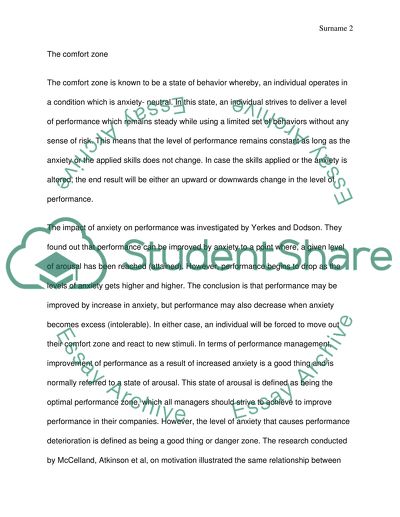Cite this document
(“Discuss comfort zone and phase theories in business environment Essay”, n.d.)
Retrieved from https://studentshare.org/environmental-studies/1412235-discuss-comfort-zone-and-phase-theories-in
Retrieved from https://studentshare.org/environmental-studies/1412235-discuss-comfort-zone-and-phase-theories-in
(Discuss Comfort Zone and Phase Theories in Business Environment Essay)
https://studentshare.org/environmental-studies/1412235-discuss-comfort-zone-and-phase-theories-in.
https://studentshare.org/environmental-studies/1412235-discuss-comfort-zone-and-phase-theories-in.
“Discuss Comfort Zone and Phase Theories in Business Environment Essay”, n.d. https://studentshare.org/environmental-studies/1412235-discuss-comfort-zone-and-phase-theories-in.


